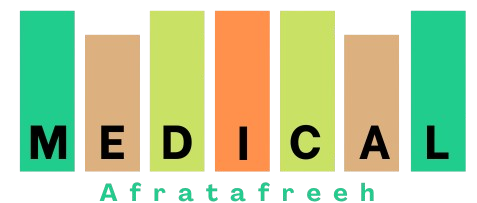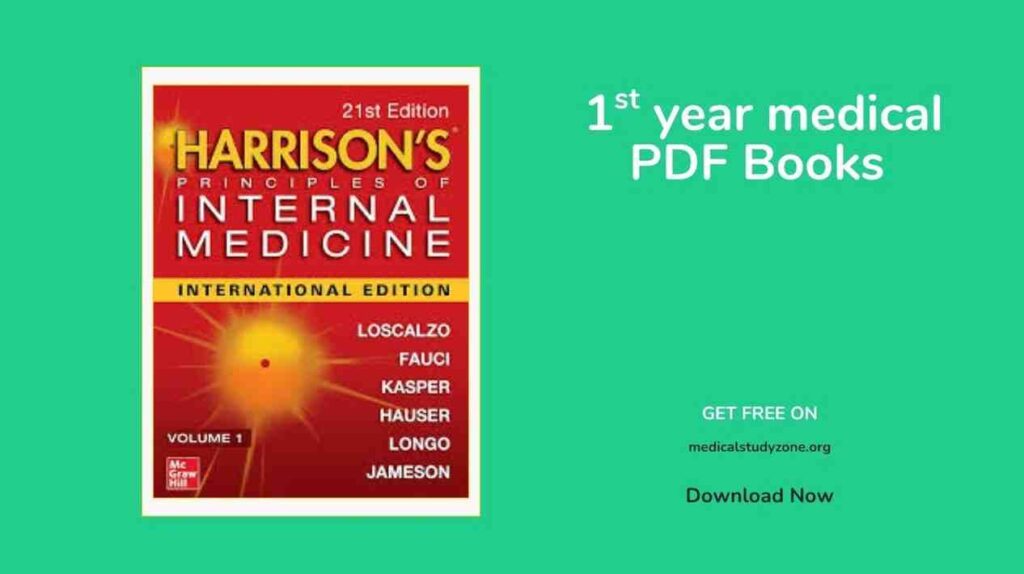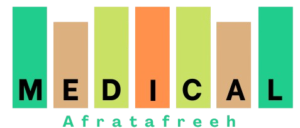Starting medical school is thrilling and demanding. Knowing exactly what you’ll study, which books are essential, and how to tackle the workload is crucial for success. This guide breaks down the core first-year medical syllabus, the best books for each subject, and proven strategies to master them.
Core First-Year Medical Subjects Explained
Your foundational year focuses on three pillars:
-
Anatomy: The Body’s Blueprint
-
What You Learn: Structure of the human body – bones, muscles, organs, nerves, blood vessels (Gross Anatomy), tissues under the microscope (Histology), and development from embryo (Embryology).
-
Why It’s Vital: Essential for surgery, physical exams, radiology interpretation, and understanding disease processes. Represents roughly 25-30% of your first-year focus.
-
Must-Have Books:
-
Gray’s Anatomy for Students (Drake, Vogl, Mitchell): The go-to for clear explanations and clinical relevance.
-
Netter’s Atlas of Human Anatomy: Unbeatable, iconic illustrations for visualization.
-
*BD Chaurasia’s Human Anatomy (Vol 1-3):* Detailed regional approach (especially popular in India).
-
Wheater’s Functional Histology: Top choice for mastering microscopic structures.
-
Langman’s Medical Embryology: Simplifies complex developmental biology.
-
-
-
Physiology: How the Body Works
-
What You Learn: Function of body systems – nerve impulses, muscle movement, heart function, breathing, kidney filtration, hormone regulation.
-
Why It’s Vital: Understanding normal function is the key to diagnosing and treating disease. Forms about 25-30% of first-year studies.
-
Must-Have Books:
-
Guyton and Hall Textbook of Medical Physiology: The comprehensive classic for deep understanding.
-
Ganong’s Review of Medical Physiology: Excellent, more concise alternative with strong system integration.
-
Berne & Levy Physiology or Vander’s Human Physiology: Clear, well-structured options favored by many students.
-
-
-
Biochemistry: The Body’s Chemistry
-
What You Learn: Molecular processes within cells – energy metabolism (carbs, fats, proteins), enzyme function, genetic coding, nutrition basics, molecular biology foundations.
-
Why It’s Vital: Foundation for pharmacology, genetics, understanding disease mechanisms (like diabetes), and nutrition. Constitutes approximately 15-20% of the first-year load.
-
Must-Have Books:
-
Harper’s Illustrated Biochemistry: Renowned for integrating biochemistry with clinical medicine.
-
Lehninger Principles of Biochemistry: The gold standard for deep fundamental knowledge.
-
Lippincott Illustrated Reviews: Biochemistry: Highly popular for concise summaries, clear diagrams, and efficient review.
-
-
Who Needs These First-Year Medical Books?
Primarily designed for MBBS and BDS first-year students, these resources are also invaluable for:
-
Ambitious Pre-Medical Students preparing early.
-
Nursing and Allied Health Students in demanding programs requiring deeper knowledge.
-
Healthcare Professionals (doctors, PAs, NPs) needing a reliable reference or refresher.
-
Dedicated Learners seeking a rigorous understanding of human biology.
Proven Strategies to Master First-Year Medical Studies
Surviving and thriving requires smart, active learning:
-
Draw & Diagram Constantly: Sketch anatomy, map physiology pathways (like blood flow or nerve signals), draw biochemical cycles. Visualizing cements knowledge.
-
Teach the Material: Explain concepts out loud to study partners, pretend to teach a patient, or even talk to your notes. Teaching reveals gaps instantly.
-
Embrace Spaced Repetition: Use digital tools like Anki or physical flashcards for efficient memorization of anatomy terms, physiology constants, and biochemical structures. Review consistently.
-
Connect Concepts Relentlessly: Don’t study subjects in isolation. Link the anatomical structure of the heart (Anatomy) to how it pumps blood (Physiology) and the energy metabolism fueling it (Biochemistry). Always ask: “What does this mean for a patient?”
-
Focus on Understanding, Not Just Memorizing: Grasp the “why” and “how” behind facts. Rote memorization fails under exam pressure. Use textbooks for depth, lectures for focus, and question banks (like past papers, USMLE Rx, Prepladder) for application.
-
Leverage Key Resources:
-
Anatomy Atlases (Netter, Sobotta): Essential companions for visual learning.
-
Question Banks: Critical for testing knowledge, identifying weaknesses, and practicing exam formats.
-
Online Learning (Osmosis, Ninja Nerd, Khan Academy Medicine): Great for alternative explanations, animations, and summaries.
-
-
Prioritize Consistency & Well-being:
-
Schedule Like a Pro: Treat study time like essential work hours. Regular, focused sessions are far better than chaotic cramming.
-
Form Effective Study Groups: Choose small groups focused on discussion and problem-solving, not distraction.
-
Guard Your Health: Prioritize sleep, nutritious food, regular exercise, and mental breaks. Burnout is your biggest enemy. Sustainable habits win the medical school marathon.
-
Building an Unshakeable Foundation
Your first year in medical school sets the critical groundwork for your entire career. By strategically mastering human anatomy with Gray’s and Netter, understanding body function through Guyton or Ganong, and unraveling molecular life with Harper’s or Lehninger, you build the core knowledge every doctor needs. Combine these essential books with active learning, constant integration, and unwavering self-care. Remember why you started – your future patients are counting on the foundation you lay right now. Embrace the challenge, study wisely, and start strong.


